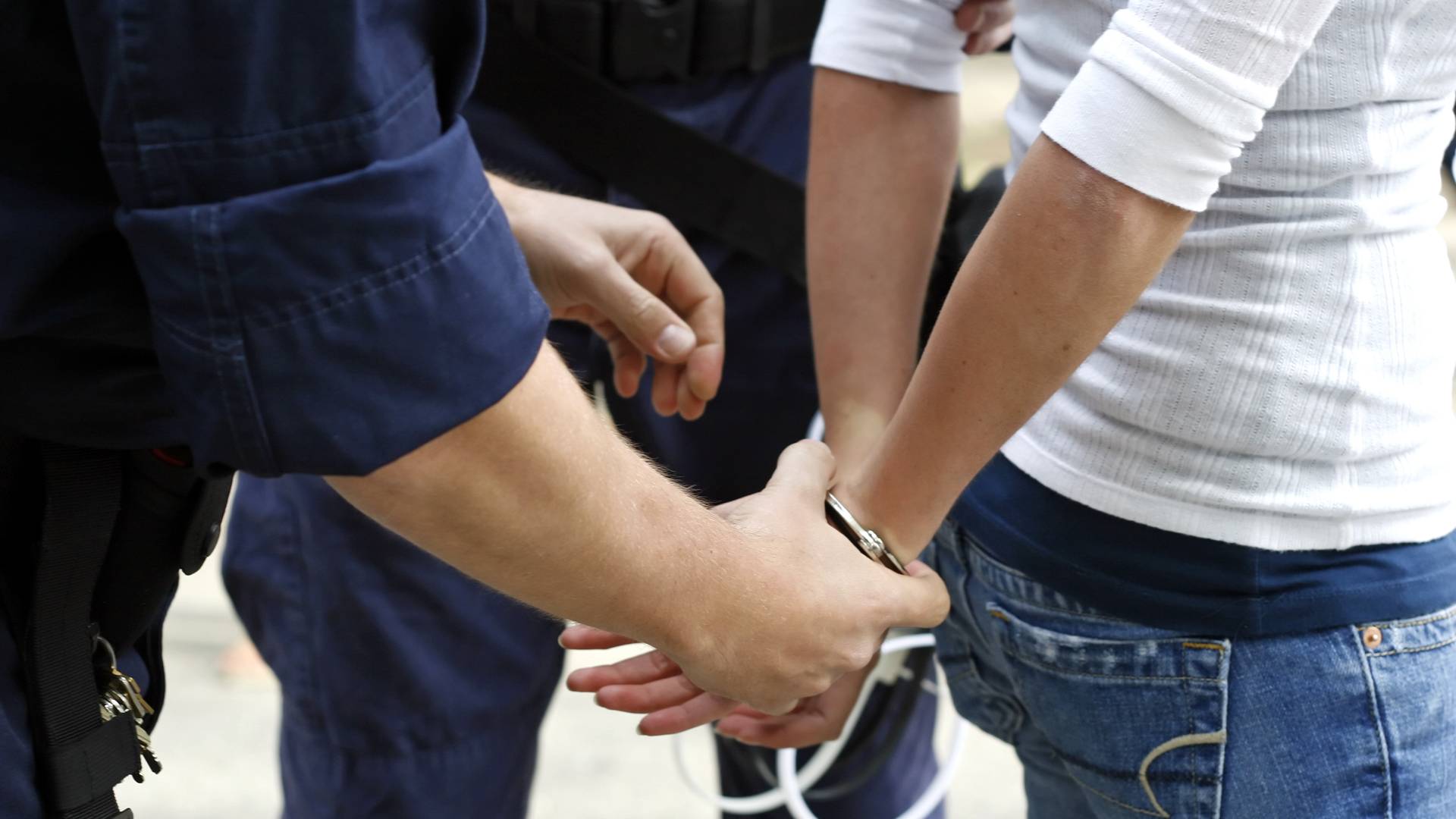Why Understanding Failure to Yield is Crucial
We’ve all been there. You’re driving along and approaching an intersection, a roundabout, or a pedestrian crossing. Suddenly, you’re not sure who has the right of way, but the decision you make in that moment can have serious consequences. Failing to yield isn’t just a minor mistake; it risks lives and could lead to costly traffic tickets. Knowing when and how to yield properly is one of the most effective ways to stay safe and protect your driving record.
Whether you’re a new driver or a seasoned one, brushing up on the rules of yielding can make a big difference in how you handle tricky driving situations. Below, we’ll explain what failure to yield means, common scenarios, and how to avoid related tickets.
What Does Failure to Yield Really Mean?
Failure to yield simply means failing to give the right of way to another vehicle, pedestrian, or cyclist when the rules require you to do so. It might sound simple, but these situations are often more complex than they seem. For instance, many violations happen at busy intersections, crowded crosswalks, or when merging onto highways.
Imagine making a left turn across oncoming traffic or entering a traffic circle. If you misjudge the flow of traffic, you’re not just disrupting the road’s rhythm; you’re also putting yourself and others at risk. Yielding is all about knowing when to slow down, stop, or wait your turn to ensure everyone gets to their destination safely.
These violations often happen because of split-second decisions, but they can usually be avoided by paying close attention to road signs, signals, and, of course, the traffic around you.
Everyday Scenarios Where Tickets Happen
Did you know some of the most common failure-to-yield tickets occur during seemingly simple maneuvers? Merging onto highways, entering a street from a driveway, or navigating roundabouts can all lead to violations if you don’t know the rules.
For example, when turning left, you’re required to yield to oncoming traffic until it’s completely clear. Sometimes drivers rush the turn, miscalculating the timing or speed of oncoming cars, which not only leads to near-misses but also costly tickets.
Roundabouts can also be confusing. Drivers entering the circle need to yield to those already inside, but misunderstanding or impatience often causes collisions and violations. To avoid these situations, always slow down, assess the flow of traffic, and know when it’s your turn to go.
How to Master the Art of Yielding
Understanding Right of Way
If you’ve ever wondered “Who goes first?” at a four-way stop or roundabout, you’re not alone. Right-of-way rules are designed to maintain order, but they can be confusing without a little practice. For instance, when two cars arrive at an intersection at the same time, the vehicle on the right gets to go first.
And here’s a crucial rule to remember for left turns: vehicles going straight always have the right of way unless a traffic signal indicates otherwise. It’s these simple guidelines that help keep traffic moving smoothly.
However, when there’s ambiguity, like at a four-way stop, patience and clear communication are essential. A wave or nod can help establish who goes first, but always double-check before proceeding.
Defensive Driving for Better Yielding
Defensive driving isn’t just about protecting yourself from accidents; it’s also about anticipating the actions of others. By staying alert and scanning the road ahead, you’ll spot opportunities to yield well before the moment arrives.
For instance, if you’re approaching a crowded crosswalk or see a yield sign at a merge, start slowing down early. When you’re prepared, the entire process becomes smoother—not to mention safer. Adopting habits like these not only reduces risk but can also prevent failure-to-yield tickets altogether.
Simple Tips to Avoid Failure-to-Yield Tickets
Use Your Turn Signals
Yes, it’s basic advice, but signaling can make the difference between safe driving and a violation. Turn signals communicate your intentions to other drivers, giving them time to adjust and anticipate your next move. Whether you’re switching lanes or turning onto a busy road, using your signals helps maintain a smooth traffic flow.
Follow Traffic Signs
Yield and stop signs exist for a reason—to manage busy roads and intersections. Ignoring them disrupts order and increases the risk of accidents and tickets. Always come to a full stop when required, and yield to the appropriate vehicles or pedestrians before proceeding. Staying alert to temporary detours and construction signs is equally important, as these can change the usual flow of traffic.
With vigilance and careful driving, you can avoid unnecessary citations while keeping the roads safe for everyone.
Got a Failure-to-Yield Ticket? We Can Help
Traffic laws can be tricky, and even the most careful drivers may face a failure-to-yield ticket. If you’re unsure about your options or need assistance contesting your ticket, Traffic Court Pro PLLC is here. Our team specializes in criminal defense and traffic law in Brooklyn, NY, and we can guide you through the process to minimize the impact on your record.
Don’t leave your driving record to chance. Contact Traffic Court Pro PLLC at (516) 289-9804 today for expert legal support tailored to your needs. Drive smarter, safer, and worry-free!

